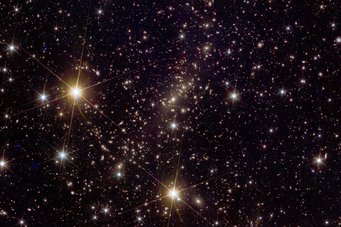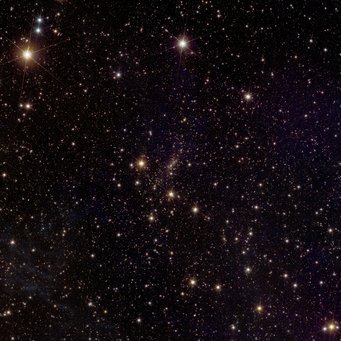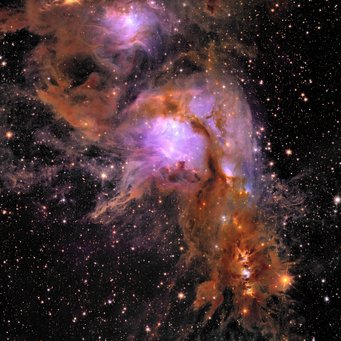New fantastic images from Euclid
The European Space Agency ESA presents today new fascinating astronomical images taken with the Euclid space telescope. The occasion is the release of the scientific “Early Release Observations” - the first purely scientific measurements, which will now also be published successively and for which corresponding publications will also appear in reviewed journals. The new images once again document the outstanding performance of the telescope, in which the Max Planck Institute for Astronomy in Heidelberg (MPIA) is also involved both technically and scientifically.
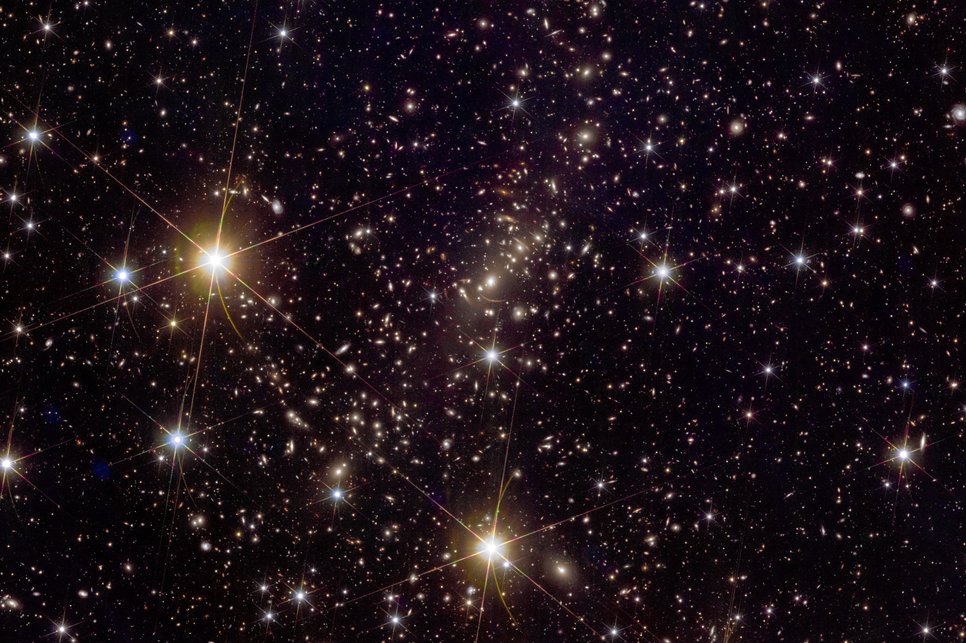
Euclid was successfully launched almost a year ago - on July 1, 2023 - with a Falcon 9 rocket from the US space company SpaceX. Like the James Webb Space Telescope (JWST), the Euclid observatory with its 1.2-metre primary mirror is located close to the Lagrange point L2 at around 1.5 million kilometers from Earth. Euclid observes in the visible light and near-infrared wavelength range.
The main objectives of Euclid's observations are in the field of cosmology. This involves, for example, researching the ditribution of dark matter and the formation and evolution of large-scale structures with millions of galaxies in the universe by measuring gravitational lensing effects. Furthermore, the expansion of the universe is to be investigated in order to track down the mysterious dark energy.
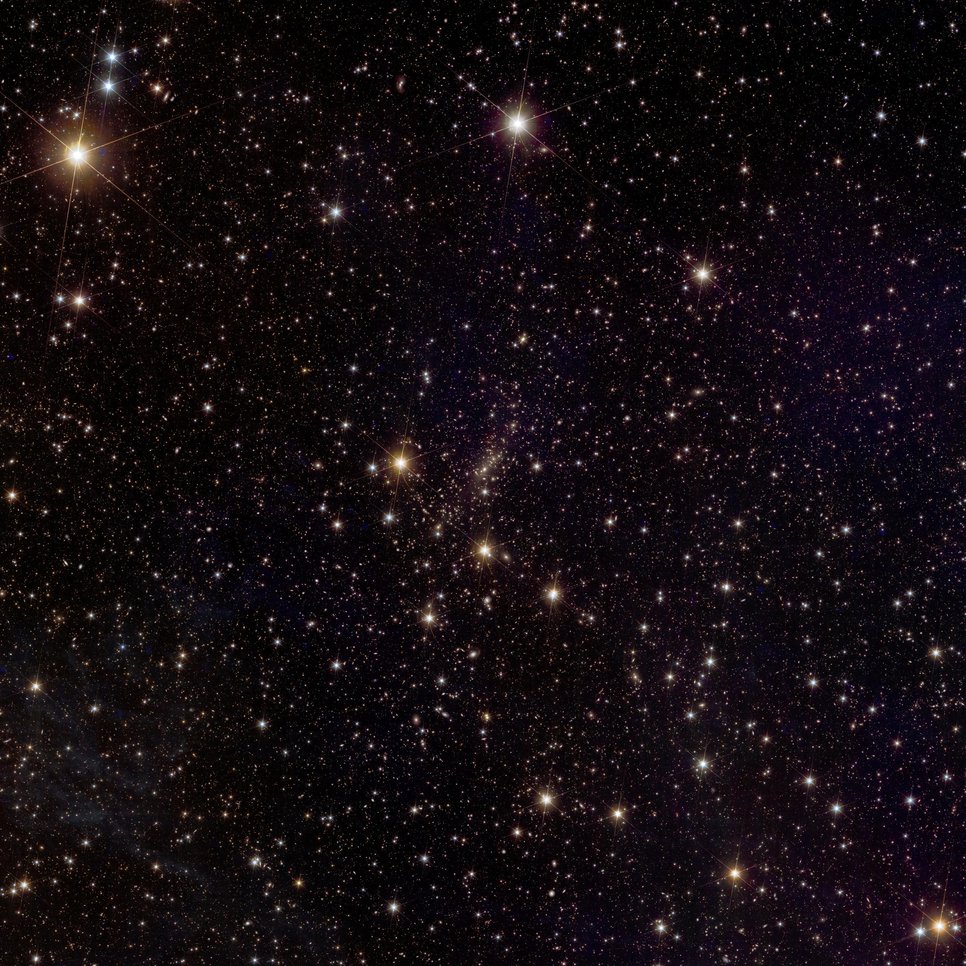
To achieve this, unlike Hubble and Webb, Euclid has instruments for images and spectra with an extremely large field of view (several full moon areas, 0.7°x 0.7° field size) and the telescope will gradually have mapped more than a third of the entire sky during the next years.
For scientists, Euclid, Hubble and Webb complement each other wonderfully with their different observation modes.
Thanks to the large field of view and the enormous coverage of the sky, Euclid not only observes distant galaxies, but also collects a lot of data on other objects that are important for additional astrophysical topics such as the study of star-forming regions or exoplanets.
This diversity is documented by the new images, which all can be found in full resolution on the following page of the ESA press release:
ESA press release with all new Euclid images
Further information on the telescope, the scientific projects, the international Euclid consortium, the German participation and the contributions of the MPIA can be found in the following previously published press releases:
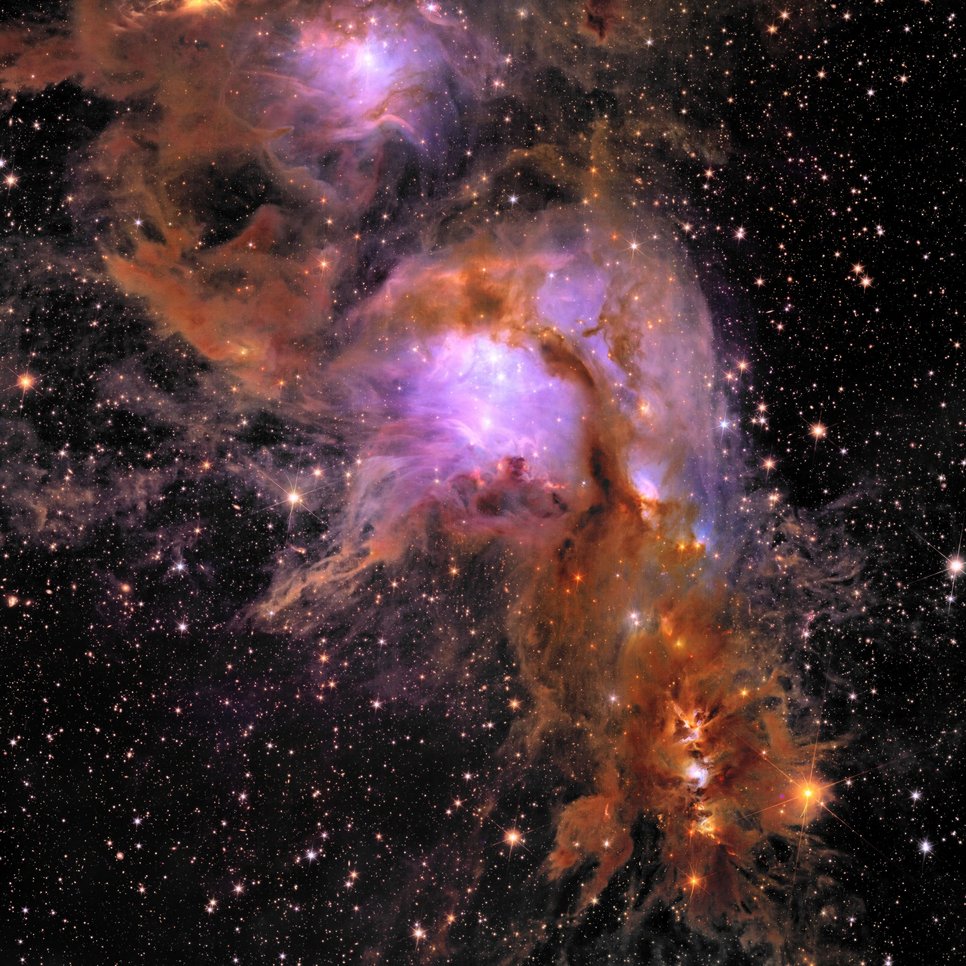
Euclid space telescope delivers first scientific images (MPIA Release from November 7, 2023)
Euclid space telescope catches its first glimpse (MPIA Release from July 31, 2023)
Euclid space telescope successfully launched into space (MPIA Release from July 1, 2023)
KJ
